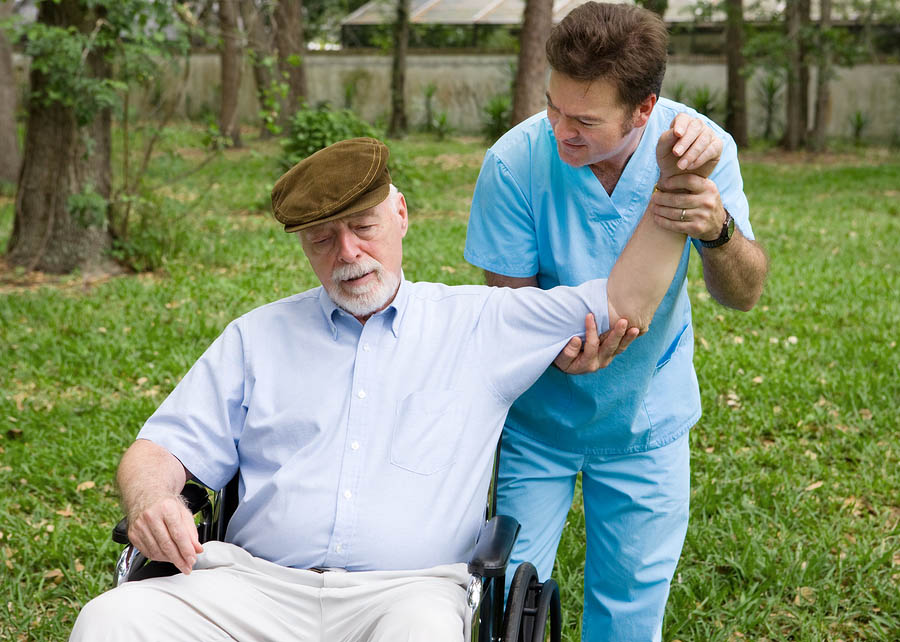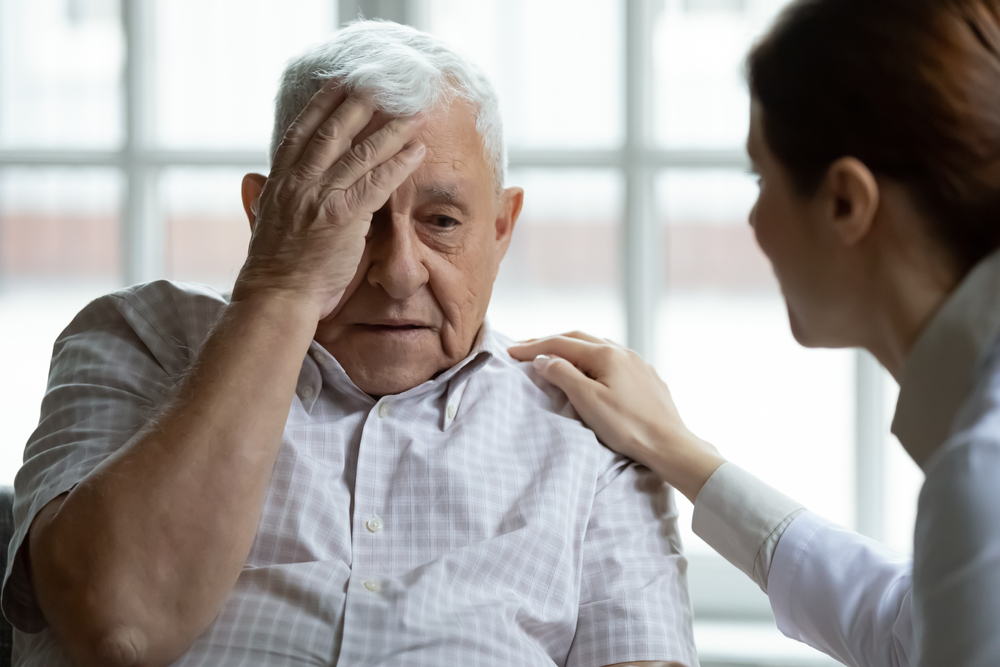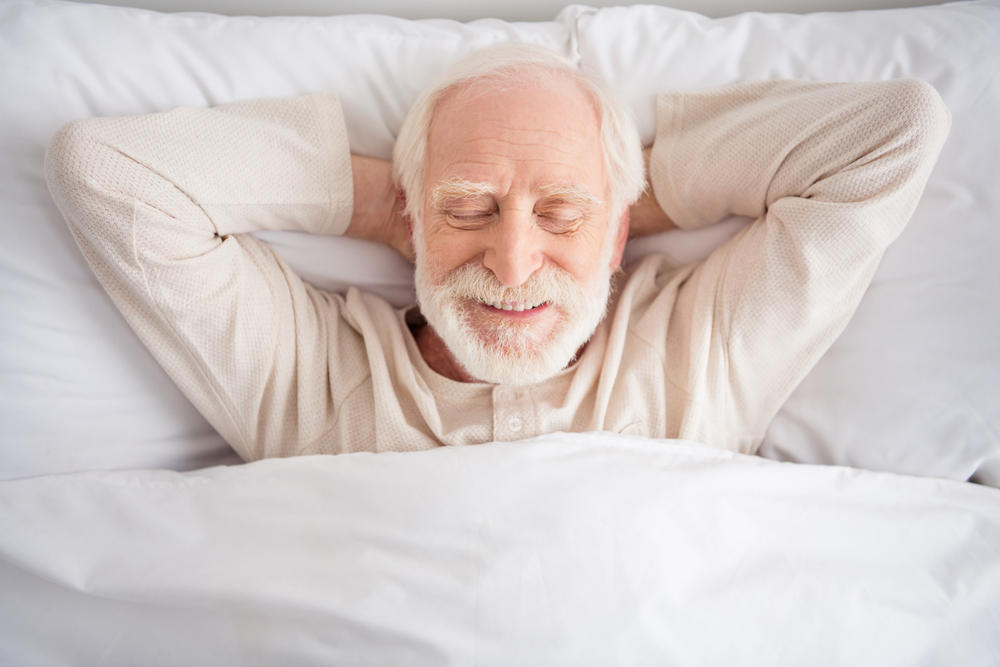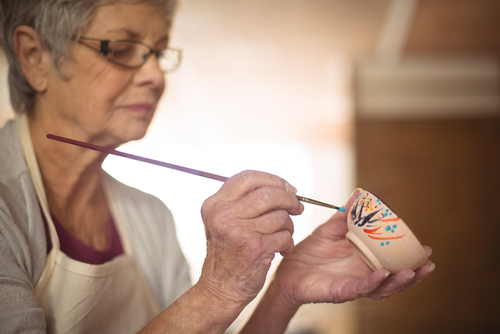Physical Therapy for Elderly Adults
Category:

Falling is one of the biggest fears elderly adults face every day. No one wants to end up in the hospital because they tripped going down the stairs or lost their balance while getting out of the bathtub or shower.
According to the National Council on Aging, falls are the leading cause of fatal and non-fatal injuries in older adults.
Emergency rooms across the nation treat an elderly person for a fall-related injury every 11 seconds. One in four Americans over the age of 65 will experience a fall that requires medical treatment and subsequent physical therapy.
Physical therapy for older adults is recommended following an injury sustained in a fall to assure the former level of functioning is regained if possible.
Therapy for elderly patients helps them regain their former level of functioning. Therapists also help patients learn methods to avoid falls in the future.
Depression, anxiety and social isolation can be debilitating after an accident or fall. Elderly physical therapy rehabilitation will help restore confidence, self- esteem and a sense of independence.
What are the Benefits of Physical Therapy for Seniors?
- Improves balance
- Increases stamina
- Helps with dexterity and mobility
- Helps to control blood pressure
- Builds strength in muscles and bones
- Reduces the risk of falls in the future
- Decreases joint swelling and pain from arthritis
- Builds self-esteem
- Decreases depression and anxiety
Download a Free Guide to Home Care
Fall Prevention: Physical Therapy Balance Exercises for Elderly Adults
Let’s talk about some physical therapy balance exercises for elderly adults that can help you avoid the dreaded fall.
Maintaining good balance is one of the keys to avoiding falls as we age. You can practice these balance techniques regardless of how old you are.
Start with a simple, but effective balancing exercise that is easy enough for a beginner. To do the Tightrope Walk, simply stand close to a wall. Place your hand on the wall for balance and walk slowly forward using a heel to toe step, pretending you’re on a tightrope.
Too easy? Step away from the wall and try again without touching the wall. This simple exercise does wonders for your balance.
Here are some additional elderly therapy activities to try. You can do these in your own home and the only equipment you need is the wall, or maybe a chair for a little extra support.
- Flamingo Stand: Standing on one leg is a great way to help with balance. Once again, stand beside a wall or hold on to a chair. Practice lifting one foot off the floor and holding that position for as long as you can. Switch legs and repeat. When you feel comfortable, try doing the exercise without touching the wall or using the chair.
- Back and Side Leg Raises: For this one, stand behind a chair and hold the chair for balance. Gently press the leg backward and lift it about 4-6 inches above the floor. Return to start position and repeat as many times as you can. Alternate legs and repeat. If you’re up to it, repeat the sequence again, but this time to the side, alternating legs.
- Marching in Place: Marching in place may sound silly, but it’s a great way to enhance balance and build strength in the legs. Lift your knees as high as you can and march! Try to do 15-20 repetitions. Rest your hand on a table or countertop if you need to for balance. Try playing some marching music to make it even more fun!
- Sit to Stands: Rising from a seated position to standing position is tough at first, but with practice, you’ll soon be able to do it with ease. Start by sitting in a straight chair, with feet planted firmly on the floor. Make sure your back is straight and your arms are extended forward. Slowly raise yourself into a standing position. Repeat several times.
Click here for more detailed instructions on these balancing and strength-building exercise techniques.
Staying Active Despite Your Age is a Goal You Can Achieve
Once you master these basic exercises, you can move on to the next level. Getting older doesn’t mean you have to be wobbly or unable to exercise. After you master the techniques, you may want to take a yoga class, hike, ride a bicycle, play tennis, or play outdoor games with active grandchildren.
Staying fit is the key to a happy, active life. Physical therapy can help you achieve and maintain that goal.
Good balance is the key to fitness and the ability to do all the things you’ve always been able to do. Physical therapy and practice can help you retain your strength and build stamina.
Physical Therapy for Bedridden Individuals
Physical therapy for elderly patients is often ordered by physicians following a stroke, heart attack, or other life-changing medical occurrences. Physical therapy can be the key to regaining the former level of functioning for these patients or at least help them reach an optimal level of functioning.
Conditions such as severe arthritis, late-stage cancer, advanced Alzheimer’s, or generalized weakness, can lead to inactivity and the inability to get out of bed.
The benefits of physical therapy for elderly people who have experienced a debilitating medical condition or an accident can help them maintain strength and range of motion.
If you are caring for an elderly loved one at home, passive physical therapy can strengthen muscles and prevent atrophy in the patient who is bedridden. Movement is essential to prevent bedsores and to promote good nutrition.
Vertigo in the Elderly: Effective Therapy Options
Vertigo is a condition that causes you to feel dizzy or unbalanced. It is caused by a wide range of conditions and is common in people over the age of 65. The Epley maneuver is often used by therapists to treat the condition.
Only experienced therapists or health care professionals should use the technique, which involves specific head movements that reposition the offending loose crystals within the inner ear. Medications can provide relief in some cases, but therapy is usually the recommended treatment.
Home Healthcare Professionals are Committed to Providing Care for the Whole Person
The benefits of physical therapy for elderly adults are far-reaching and an essential part of the long- term goals we set for ourselves as we age.
The Griswold Home Care team is ready to meet the needs of you or your loved one in the home. Our team is committed to helping you access services you need to live life to the fullest while remaining as independent as possible.
Subscribe
Date: March 10, 2020
Category:


